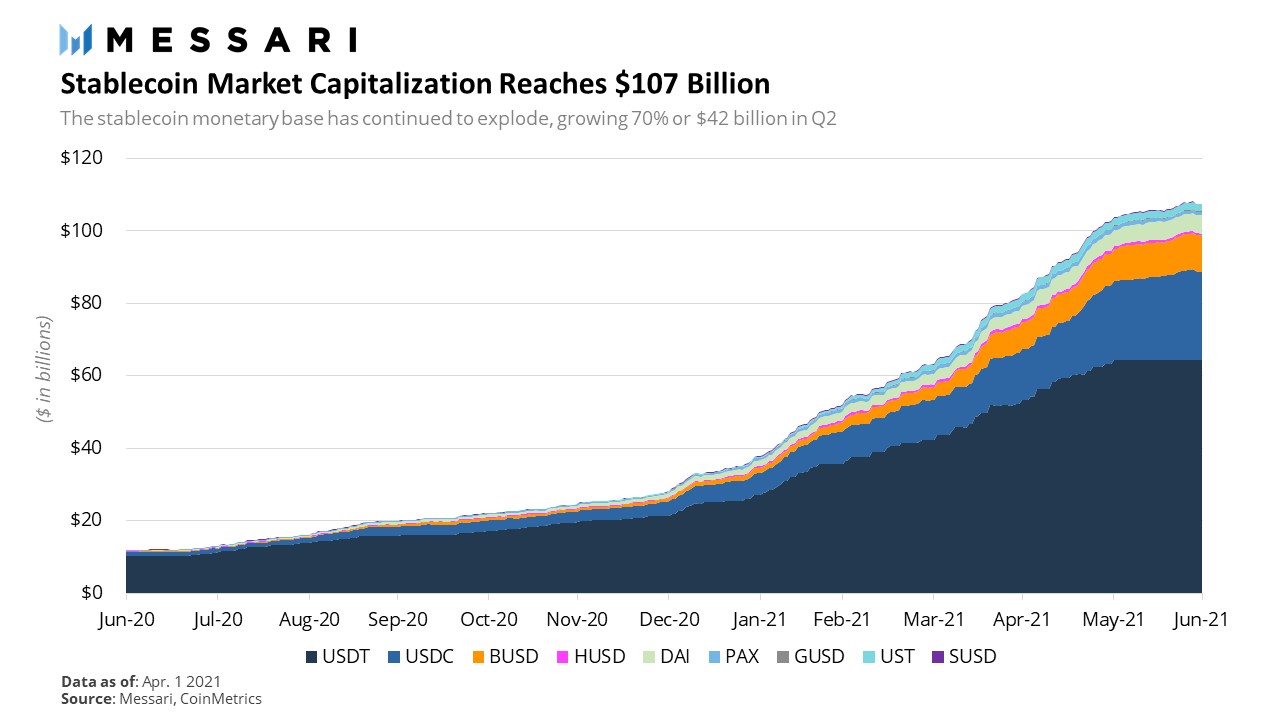The Bank of England (BoE) Deputy Governor Jon Cunliffe dismissed the notion that crypto poses a threat to macro-financial stability.
Meanwhile, recent weeks have seen global regulators come down hard on the crypto sector, with Binance feeling the brunt of the force. Not forgetting the actions of Chinese authorities, which have drastically altered the landscape in two short months.
What’s more, with U.S authorities increasingly vocal on the risks presented by stablecoins, it’s challenging to know what to make of the situation.
Crypto Doesn’t Threaten Financial Stability… Yet
Speaking on Wednesday, Cuncliffe referenced the “noticeable” crypto boom that has happened this year. Adding that, at current levels, it doesn’t present risk to financial stability.
“The speculative boom in crypto is very noticeable but I don’t think it’s crossed the boundary into financial stability risk.”
In May, before the FUD-induced downturn occurred, the BoE Governor Andrew Bailey wasn’t as accommodating as Cunliffe. Instead, Bailey had no qualms in saying cryptocurrencies have no intrinsic value and that anyone who invests should be prepared to lose all of their money.
Continuing, Cunliffe said crypto speculation is mainly limited to retail investors at present, implying the BoE is cognizant of the issue of investor protection.
However, due to the relatively low total market cap and lack of deep connection with the legacy system, Cunliffe does think crypto presents a risk to financial stability.
But, should those connections deepen, such as in the case of more institutional investment and perhaps U.K-based Bitcoin ETF products, then he would reconsider his position.
“Were we to start to see those links develop, were we to start to see it move out of retail more into wholesale and see the financial sector more exposed, then I think you might start to think about risk in that sense.”
All the same, Cuncliffe made clear that the classification and treatment of stablecoins should be different from that “speculative” crypto assets. He is calling for specific regulatory oversight on stablecoins.
The Fed Grows Increasing Concerned On Stablecoins
Data from analytics firm Messari shows that the stablecoin market cap hit its highest level in Q2 2021, at $107 billion, up 70% from the previous quarter.
As expected, Tether leads the pack, accounting for more than half of the total stablecoin market cap.

Source: messari.io
However, Boston Fed Chief Eric Rosengren expressed his unease over the burgeoning size of the crypto stablecoin market, with Tether singled out as a particular cause for concern.
“There is a financial stability concern as they are growing and we need to look at regulation and what’s been marketed to the general public.”
Credit rating agency Fitch also warned of the destabilizing effects that rapid stablecoin growth may have on the short-term credit markets. They point to the potential shock linked to the mass liquidation of stablecoins.
As part of its settlement with the New York Attorney General, Tether was required to provide quarterly reports on its reserves.
In the past, Tether claimed USDT issued was 1-to-1 backed by dollars held on account. But the latest quarterly report shows just 2.9% of its reserves are in the form of cash.











